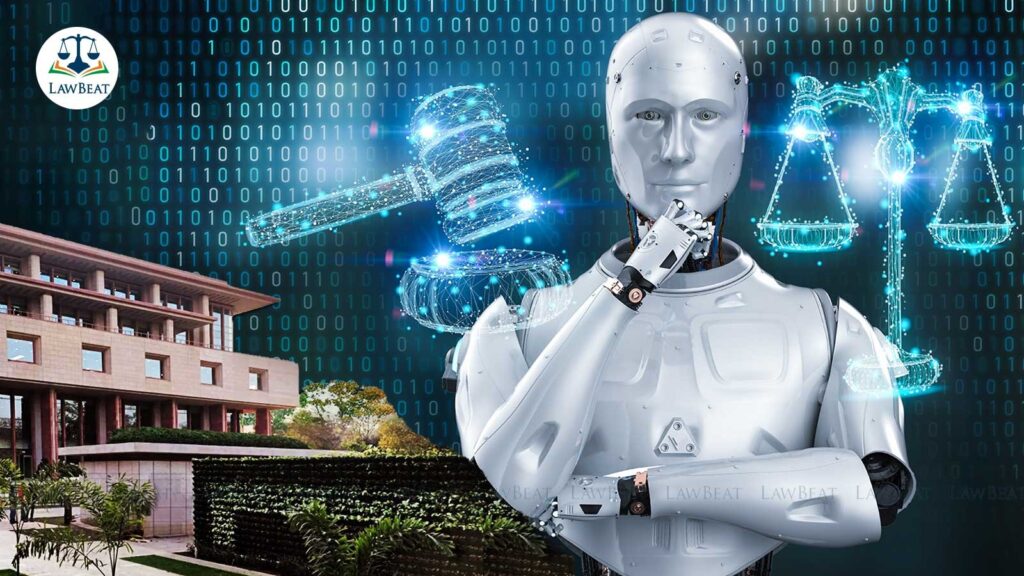The rapid advancement of artificial intelligence has brought numerous benefits, but it has also unleashed potential risks, with deepfake technology at the forefront. The Delhi High Court recently urged the Indian government to address the growing threat posed by deepfakes—AI-driven manipulated content that blurs the line between reality and deception. Recognizing the need for an immediate action plan, the High Court’s directive to the government represents a pivotal moment in India’s approach to digital ethics and regulation.
The Rise of Deepfake Technology: A New Digital Menace
Deepfake technology harnesses sophisticated AI algorithms to overlay someone’s likeness onto another, effectively creating highly realistic yet completely fabricated audio, video, or image content. Originally used in entertainment, deepfakes are now a favorite tool in spreading misinformation, executing financial scams, and manipulating public opinion. These altered pieces of media can imitate voices, faces, and actions with astounding accuracy, making it challenging for people to distinguish between authentic and fake content. The Delhi High Court’s recent demands reflect growing awareness of the technology’s darker applications and the urgency of a strategic response.
Why Deepfakes Are a Serious Threat?
Deepfakes pose risks on multiple fronts. Firstly, they exploit people’s trust in visual media, eroding credibility and amplifying misinformation. Whether it’s fabricated news or politically charged content, deepfakes can stir social unrest, influence elections, and harm reputations. Moreover, these technologies increasingly contribute to issues such as identity theft, fraud, and privacy invasion, particularly in cases involving non-consensual explicit content. For law enforcement and the judiciary, deepfakes complicate investigations, as these altered videos and audios can be used to create alibis, confessions, or misleading evidence.
Beyond personal and societal impact, deepfakes also threaten public safety. The Delhi High Court pointed to recent cases where AI-driven bomb threats were issued using deepfake technology. Such incidents underline the urgent need for robust policies, expert oversight, and widespread awareness to control misuse before it escalates.
The Delhi High Court’s Stand: An Urgent Call to Action
In a recent hearing, a Delhi High Court bench led by Chief Justice Manmohan and Justice Tushar Rao Gedela emphasized the need for the Indian government to address deepfakes proactively. They underscored that despite AI’s benefits, deepfakes could not be ignored due to their potential to deceive the public. The court’s directives included a request for the Centre to submit a status report, detailing its strategy for combating the misuse of AI. This includes potential steps to establish a specialized committee to create safeguards and recommend policy guidelines for managing deepfake content.
This committee could serve a vital role in researching and drafting a legal framework, one that balances AI’s benefits with necessary safeguards against malicious uses. Additionally, the court suggested implementing preventive measures, including the possibility of regulating or blocking access to deepfake-generating software and requiring social media platforms to respond swiftly to the emergence of such content.
The Global Approach to Deepfakes: Lessons for India
Many nations have already taken steps to regulate deepfake technology. In the United States, for instance, states like California and Texas have enacted laws to penalize malicious uses of deepfakes in contexts such as election interference or non-consensual content creation. The European Union is considering similar legislation under its Digital Services Act, requiring platforms to identify and label AI-generated content.
India can draw valuable lessons from these initiatives, adapting best practices to align with its unique legal, social, and technological landscape. By forming a qualified committee, as suggested by the Delhi High Court, India can establish comprehensive frameworks for identifying, monitoring, and penalizing deepfake misuse while encouraging ethical innovation in AI.

The Role of Technology Companies and Social Media Platforms:
Given the far-reaching implications of deepfakes, technology companies and social media platforms must actively participate in the regulatory process. These entities hold a unique position of influence and responsibility to detect, label, and remove deepfake content effectively. The court’s call to action aligns with global trends urging tech giants to adopt content moderation protocols, invest in AI-powered detection tools, and educate users about identifying fake content.
Companies can leverage AI-based solutions such as deepfake detection algorithms, video forensics, and metadata tracking to flag potential manipulations. Partnerships with fact-checking organizations, cybersecurity firms, and law enforcement can further enhance these efforts. Social media platforms, in particular, should consider labeling suspected deepfake content to alert viewers while continually updating their detection systems to stay ahead of evolving techniques.
Developing Public Awareness and Ethical Standards:
While regulatory and technological measures are essential, public awareness also plays a significant role in combating deepfakes. Users equipped with knowledge about AI manipulation techniques are less likely to fall victim to fake content. Awareness campaigns, media literacy programs, and educational initiatives are crucial for empowering individuals to recognize and report deepfake content.
Ethical AI development also calls for establishing clear standards on AI use, emphasizing transparency and accountability. Developers and researchers should adhere to best practices, ensuring that innovations are used responsibly and don’t inadvertently fuel harmful applications. By fostering a culture of ethical AI, society can enjoy the technology’s benefits without falling prey to its risks.
Moving Forward: Balancing Innovation and Regulation
The Delhi High Court’s directive underscores the need for a balanced approach to managing deepfake technology. It is crucial to support AI innovation for societal benefits while mitigating the risks that arise from its misuse. A well-defined policy can create a safer digital environment, encouraging advancements in AI while safeguarding individuals and communities from malicious applications.
Conclusion: Strengthening India’s Approach to Deepfakes
As India moves towards becoming a global digital powerhouse, regulating emerging technologies such as deepfakes is essential for fostering a secure digital ecosystem. The Delhi High Court’s proactive stance represents a significant step in addressing AI-related challenges. By implementing comprehensive policies, fostering collaboration between the government, technology companies, and the public, and promoting ethical standards, India can lead the way in managing deepfake technology responsibly.

Pooja is an enthusiastic writer who loves to dive into topics related to culture, wellness, and lifestyle. With a creative spirit and a knack for storytelling, she brings fresh insights and thoughtful perspectives to her writing. Pooja is always eager to explore new ideas and share them with her readers.